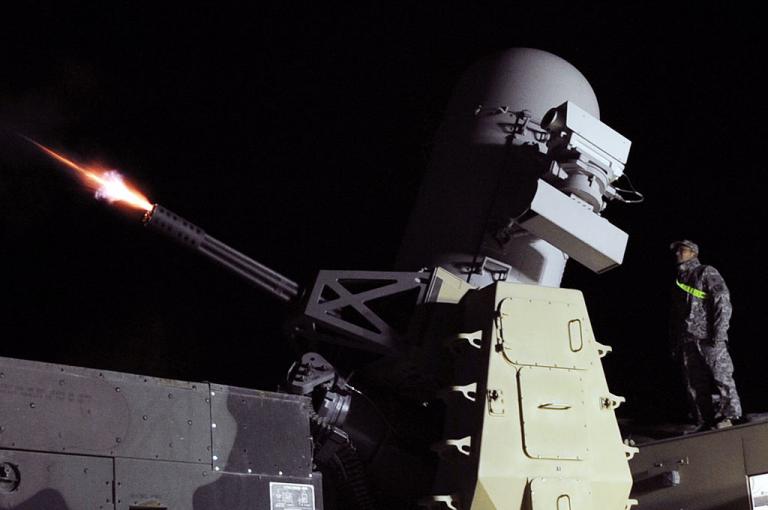Did you know that our military has the capability of shooting down artillery shells? Even small, close-distance mortar shells? This staggering technology has been used in Iraq and Afghanistan, saving countless lives. This also represents a new phase in military history, with its constant pattern of developing new offensive weapons and then defensive weapons to counter them.
I’m visiting my cousin, Bob Foote, a retired engineering professor who served at West Point, who sometimes comments on this blog. He was part of the team that developed this technology, and he has been telling me about it.
It’s called C-RAM, an acronym meaning “Counter Rockets Artillery Mortars.” I had never heard of this technology, and I suspect the same is true of most Americans, though their tax money is paying for it and they have a strong stake in the military that protects them . So this type of anti-missile technology–not just the big ballistic missiles but the smaller missiles that are in much greater use–deserves to be better known. As a defensive technology–designed to save lives instead of taking them–it is especially noteworthy.














